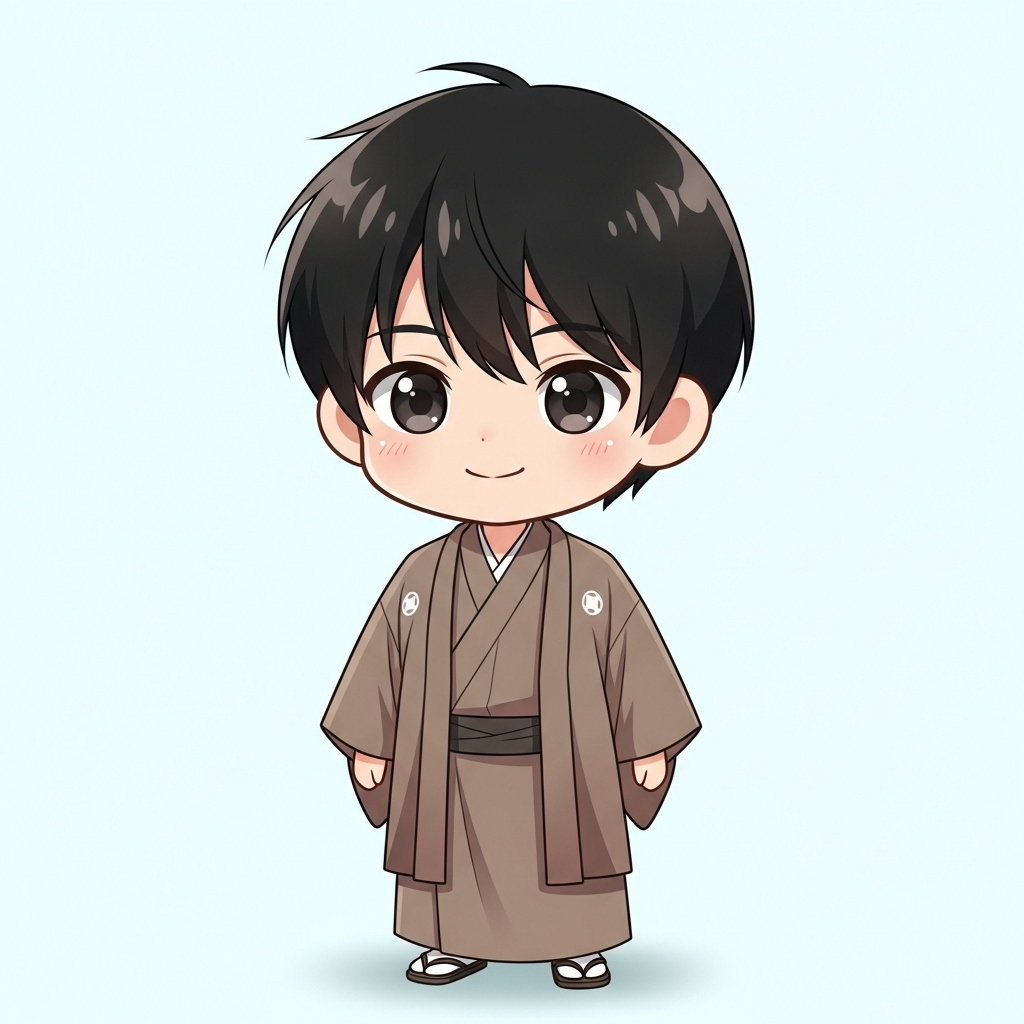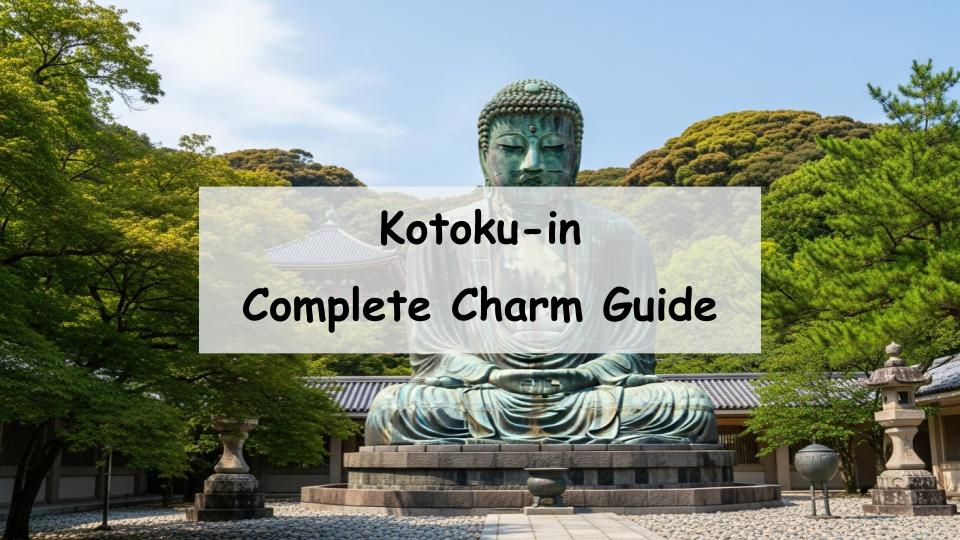“Wondering what Kotoku-in is like? What are the must-see spots? How do you get there?” Many visitors have these questions when planning a trip.
In short, Kotoku-in is a temple in Kamakura famous for housing the Great Buddha, a monumental bronze statue that draws visitors from around the world. Surrounded by beautiful natural scenery, this 11.35-meter-tall statue is a must-see attraction rich in historical significance.
This article covers everything you need to know about Kotoku-in: its history, the features of the Great Buddha, highlights within the temple grounds, access details, and nearby sightseeing spots. Whether you are visiting for the first time or returning, this guide will help you make the most of your visit.
What is Kotoku-in? History and Basic Information
The Founding and Historical Background of Kotoku-in
Kotoku-in was founded in the late 13th century, during the Kamakura period. Although there are various theories about the exact time and circumstances of the Great Buddha’s creation, the temple has long served as a spiritual and cultural center for the region.
The Birth and Features of the Kamakura Great Buddha
The Kamakura Great Buddha is a 11.35-meter tall bronze statue that was once housed inside a temple hall that burned down during the Muromachi period. Today, it stands outdoors, captivating visitors with its majestic presence and serene expression.
The Sect and Role of Kotoku-in
Kotoku-in belongs to the Jodo sect of Buddhism but is also widely recognized as a major tourist destination. It welcomes visitors of all backgrounds, bridging faith and culture beyond sectarian lines.
A Complete Guide to Kotoku-in’s Highlights
The Majesty and Beauty of the Kamakura Great Buddha
The statue’s massive size and exquisite craftsmanship, especially the detailed facial features and bronze texture, leave a lasting impression. The way sunlight hits the statue changes throughout the day and seasons, offering a variety of visual experiences.
Experiencing the Interior of the Great Buddha
Visitors can enter the statue’s interior to observe the thickness of the bronze plates and appreciate the engineering behind this historic work. Because interior access is limited, it’s advisable to check availability in advance.
Other Structures and Gardens on the Temple Grounds
Besides the Great Buddha, Kotoku-in’s grounds feature an old bell tower and well-maintained gardens. Walking through the peaceful paths, visitors can feel the harmony of nature and history.
Seasonal Natural Beauty and Scenery
Kotoku-in’s surroundings offer stunning views through every season—from cherry blossoms in spring to vibrant autumn leaves and serene winter landscapes—making each visit unique.
Access and Visiting Information for Kotoku-in
Access by Train and Bus
Kotoku-in is within walking distance from Kamakura Station and Hase Station on the Enoden Line. It’s approximately a 10-minute walk from either station, with bus options also available for convenience.
Access by Car and Parking Information
For those traveling by car, several paid parking lots are nearby. However, weekends and peak seasons can be crowded, so public transportation is recommended.
Admission Hours, Fees, and Important Notes
The temple is generally open from 8:00 AM to 5:00 PM, though hours may vary by season. Admission fees are modest, with separate charges for entering the statue’s interior.
Recommended Attractions Around Kotoku-in
Combined Visit with Hasedera Temple
Nearby Hasedera Temple, famous for its seasonal flowers, pairs well with Kotoku-in for a full day of sightseeing in Kamakura.
Kamakura’s Coastal and Cafe Spots
The temple is close to Kamakura’s beautiful coastline and numerous charming cafes, perfect for relaxing breaks during your tour.
Historical Sites and Nature Walks Nearby
Other historic sites like Tsurugaoka Hachimangu Shrine and Hokokuji Temple, as well as scenic walking trails, enrich the visitor experience in the area.
Tips to Enjoy Kotoku-in Even More
Historical Anecdotes and Trivia About the Great Buddha
Despite damage from natural disasters, the Great Buddha has stood the test of time. Stories about its casting technique and restoration offer fascinating insights.
Best Times to Visit to Avoid Crowds
Early mornings and late afternoons tend to be less crowded, providing a more peaceful atmosphere. Understanding seasonal visitor patterns helps plan your trip better.
Multilingual Support and Tourist Information
Kotoku-in provides information in English and Chinese, making it accessible to international tourists. Guided tours are also available in some cases.
A Message from the Guide

As soon as I entered, I saw the Great Buddha right away—it felt surprisingly close and familiar.







Comment